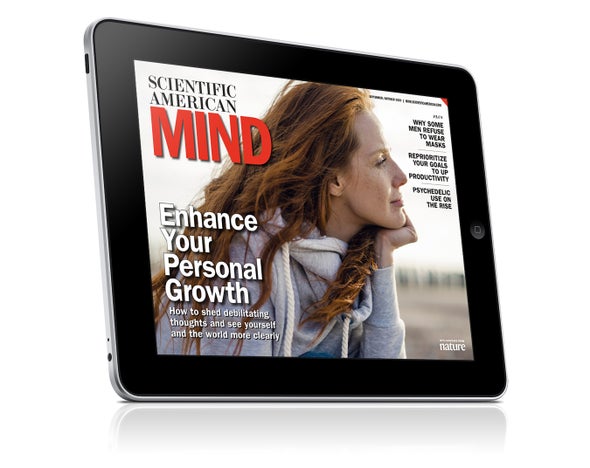
It’s one of my favorite events in the science world: the annual Art of Neuroscience contest held by the Netherlands Institute for Neuroscience. Now in its 10th year, the competition looks a lot different than it did even five years ago. Yes, many entries still show off the vivid and fantastical microscopic images of the brain stained in rainbow colors. But thanks to more sophisticated technology, more submissions each year use interactive digital features to create immersive experiences for the viewer. When these types of installations first began appearing in the contest, I bristled a bit (though I am not now proud to admit it). I love the mesmerizing effect of using fluorescent protein tags that illuminate neural cells, for example, or the cilia of the inner ear, which made up the bulk of entries years ago. These images are quite like modern art you’d see in a museum. But just as the brain is more than a corporeal lump of flesh, so the art of neurology is more than a static image. The new generation of brain science art engages the viewers’ own brains as part of the experience—and sometimes in a full sensory immersion, as you can see in some of the entries we’ve featured in this issue (see “The Beautiful Things Inside Your Head: Winners of the 10th Annual Art of Neuroscience Contest”).
In this issue’s cover story, social psychologist Scott Barry Kaufman examines some of the debilitating tendencies of those with a victim mindset, and he offers a powerful new paradigm for how to shift into a personal growth mode and get the most out of your life (see “Unraveling the Mindset of Victimhood”). Our heads are filled with beautiful and strange things, whether one or the other depends on how you look at them.
This article was originally published with the title “New Views of our Mesmerizing, Maddening Minds” in SA Mind 31, 5, 2 (September 2020)
doi:10.1038/scientificamericanmind0920-2





